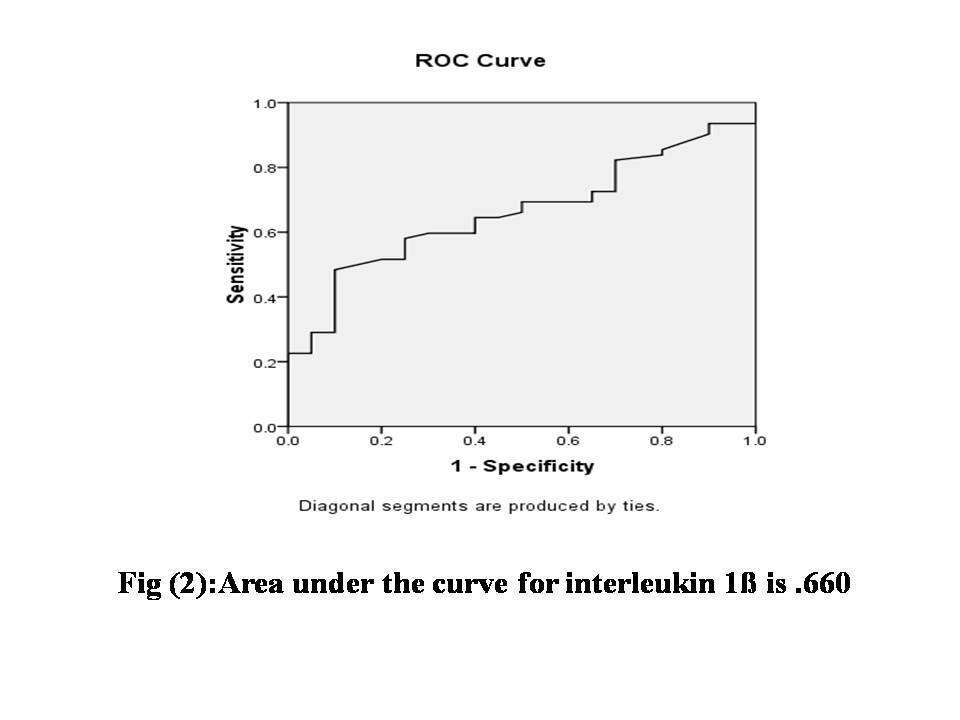
Metabolic and Inflammatory Risk Profiles in Adolescents with Insulin Resistance
2Medical Biochemistry Department, National Research Center, Egypt
3Immunogenetics Department, National Research Center, Egypt
Moushira Zaki*, Ramy Mohamed*, Sanaa Mohamed*
* Biological Anthropology Department, National Research Centre, Cairo, Egypt
Background:Neutrophils have been shown to be the first immune cell to infiltrate the adipose tissue and liver in high-fat diet (HFD)-induced obesity and IR. The infiltrated neutrophils get activated and abundantly express neutrophil elastase (NE). This enzyme has recently been implicated in contributing to HFD-induced obesity, IR and atherosclerosis.Many pieces of evidence, including studies in humans, suggest that IL-1β plays a role in insulin resistance, both in clinically overt T2DM and pre-diabetic states
Aim of the study:The purpose of the current study was to examine metabolic and inflammatory risk profiles in unrelated obese adolescents with insulin resistance (IR)
Patients and methods:This cross-sectional study was conducted on 100 adolescents aged between 15 and 18 years with IR and 100 healthy controls matched in age and sex. Anthropometry, serum lipids, blood pressure, plasma neutrophil elastase (NE) and interleukin 1 beta (IL-1β) were measured. Mean values of inflammatory and metabolic biomarkers were determined and the frequencies of metabolic abnormalities were investigated. Receiver operating characteristic (ROC) curves were constructed for obtaining optimal cut-off points of NE and IL-1β for predicting IR.
Results:Results showed that means of plasma NE and IL-1β were significantly higher in IR cases than controls. Moreover, obesity indices and number of metabolic abnormalities were significantly higher in IR patients. No significant sex differences were observed in the studied parameters.


Conclusions:IR is associated with increased metabolic risk along with high levels of abnormal inflammatory markers and obesity measures. The study suggests investigation of these parameters among adolescents with IR in which may account for metabolic syndrome.
Powered by Eventact EMS